The 20-year journey to make Lego Star Wars: The Skywalker Saga
"Right away it was a perfect match"
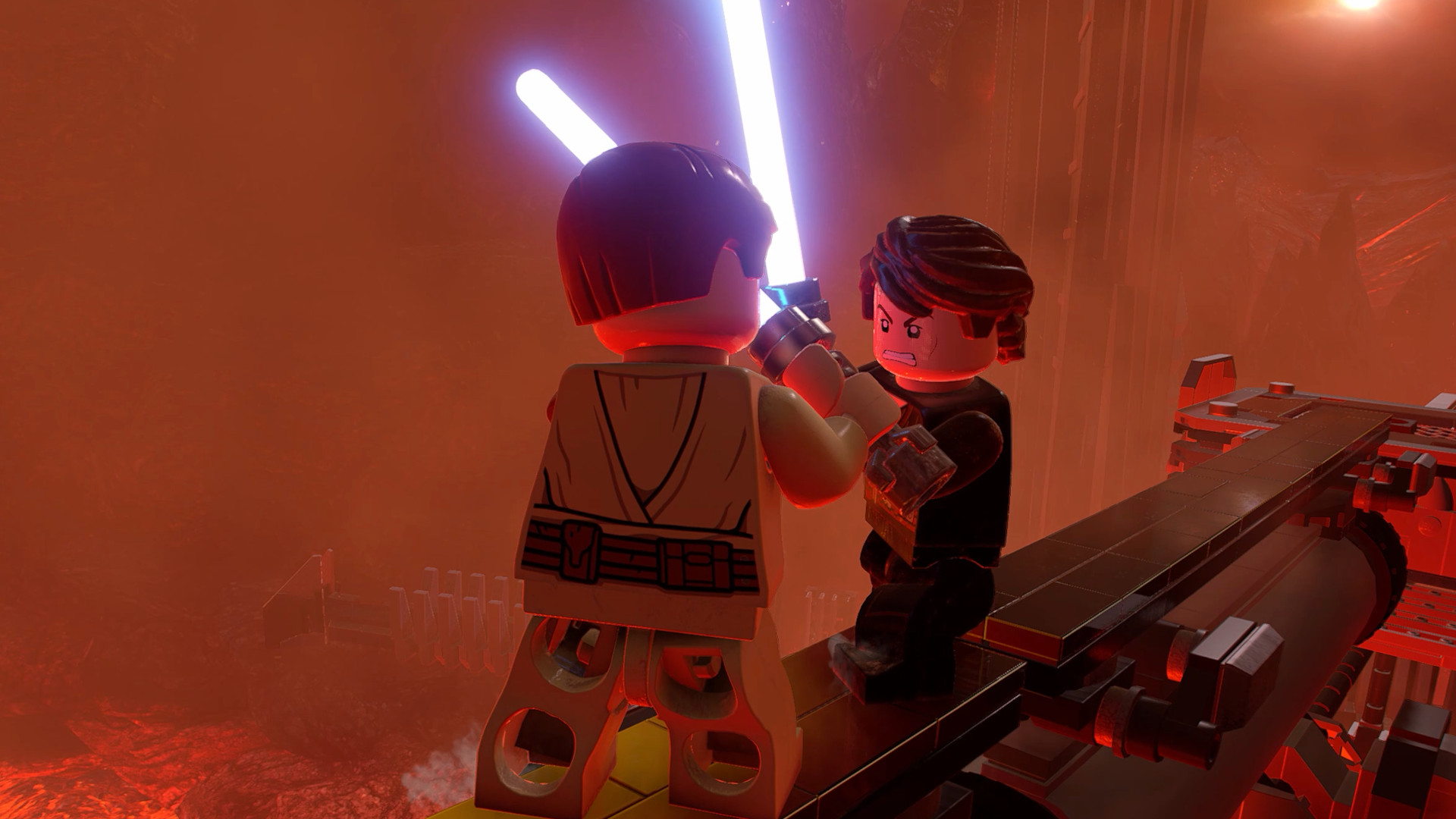
With the release of Lego Star Wars: The Skywalker Saga, the Danish toy company will cement its position at the center of George Lucas’s gaming universe. The sixth entry in the Lego Star Wars series, which has already sold more than 50m copies, adapts all nine films from the cinematic canon. Once again produced in partnership with TT Games, the sheer scale and scope of this experience has fans desperate to play, even after repeated delays.
That fervor didn’t happen overnight, it's built off the back of decades of attentive collaboration.
What’s the saga?
The Lego Star Wars story begins in 1999 with the release of The Phantom Menace. As a designer at the iconic Lego company, Jens Kronvold Frederiksen has been involved in the entire journey, one that spans almost a quarter of a century. “Something we figured out right away was that it was a perfect match. The Star Wars universe, these fantastic stories and adventures, transferring that into toys and Lego products was actually relatively easy,” he explains.
But Frederiksen is quick to point out one notable additional characteristic that should not be overlooked: “We were able to add that extra layer of humor. Lego figures are a little bit funny and Darth Vader is a bad guy but he’s also a little bit funny as a minifigure.” Lego colleague Madison Andrew O'Neil agrees: “The cute characters carry over really well to the toy space. The stories, the scenarios, the ships and the technological details of Star Wars also translate into the Lego building system.”
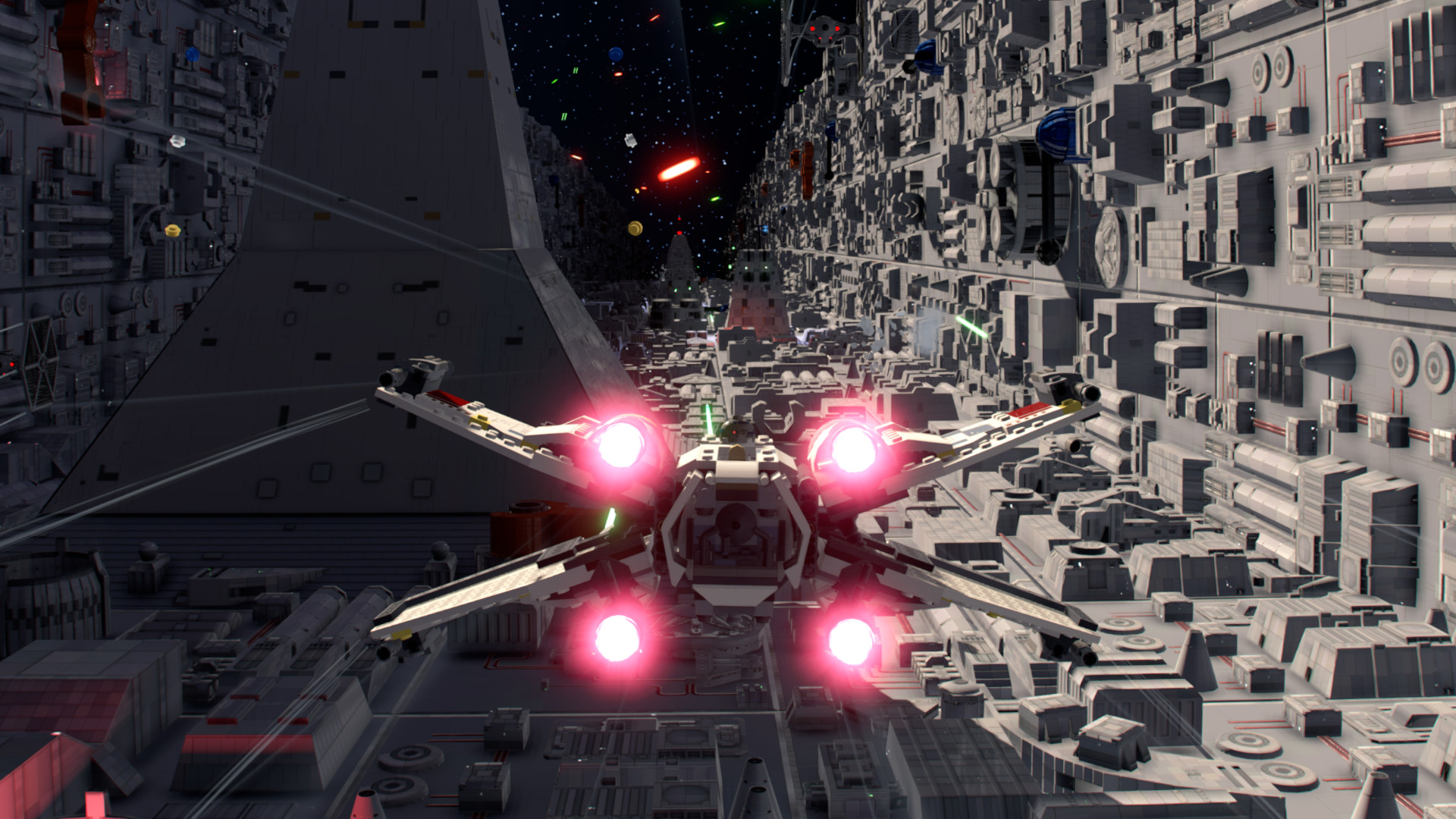
The British-based game developer TT Games has held an exclusive license with Lego since 2005’s first installment, Lego Star Wars: The Video Game, in a deal that has seen them digitally render equivalent experiences within The Lord of the Rings, Harry Potter, and Marvel franchises. Senior producer James Burgon tells us that The Skywalker Saga is the culmination of the irresistible momentum that has built since the release of The Phantom Menace: “That's partly down to the creativity of Lego and being able to create your own things and the creativity in Star Wars as well.
“How many alien races and crazy ships are there in the Star Wars universe? The possibilities are endless. That’s where it definitely gels with Lego. When I was a kid, I had a little X-wing but it was a plastic toy. If I could have built my own X-wing and customized it in my own colors out of Lego bricks I would have been in my element. It's a vast, vast galaxy of content and transfers to Lego so well,” Burgon says.
Nine classes and 300 playable characters
With the trilogies available to be played in any order, The Skywalker Saga encompasses a total of 45 levels and a grandiose network of star systems featuring every destination on a young Jedi’s bucket list. Head of Characters at TT Games, Neil Crofts says one of the major challenges the team faced during production was “managing ambition”, particularly given the opportunities presented this time around by the availability of more high-end technology.
Get daily insight, inspiration and deals in your inbox
Sign up for breaking news, reviews, opinion, top tech deals, and more.
When you’re playing as Han Solo it feels different to when you’re playing as Luke Skywalker.
Neil Crofts
“We have a lot of experience and then we have the fantastic next-generation techniques. The very premise of having all nine films across such a massive expanse and trying to work out how to achieve that consistently across every world and every film was perhaps the biggest thing,” Crofts says, whose role has been corralling an epic 300 playable characters. These have been refined into nine character classes – Jedi, Hero, Scavenger, Scoundrel, Bounty Hunter, Villain, Sith, Astromech, and Protocol Droid – so that “when you’re playing as Han Solo it feels different to when you’re playing as Luke Skywalker”.
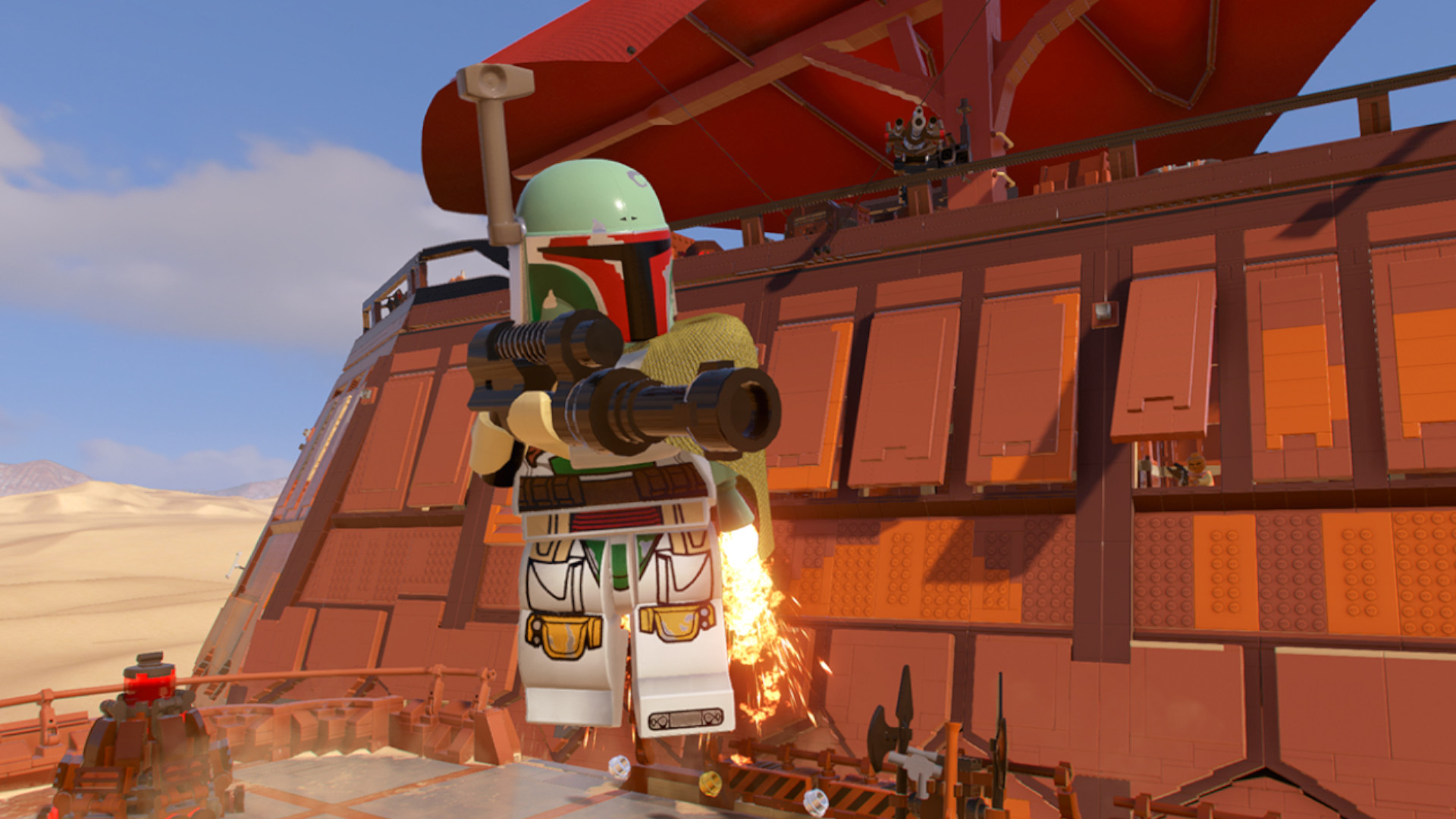
“It gave us a lot to think about in terms of the metagame as well. You’re talking about space travel between all these different worlds and planets and the actual scope of how much Lego integration there is in terms of the environments and vehicles”, TT Games designer Michael Consalvey points out. This latter observation prompted them to build entire capital ships out of Lego via computer generation for the first time, with one consisting of a mind-altering 18m bricks. “Now that we've got the space and the power behind the new consoles, it’s allowed us to really throw everything in to really feel like it's the most authentic Lego experience to date,” he explains.
Clearly, there is a compelling creative process at work here – between Lego, TT Games and Lucasfilm – given that some of the featured characters have yet to be made as actual figures. O'Neil thinks for some time when asked which of the more obscure introductions he is most excited about: “Sy Snootles. She's the singer in the band that plays in Jabba the Hutt’s Palace.” Unconvincingly, he and Frederiksen insist that they are “not at all nerdy!” about their work within the Star Wars universe.
May the farce be with you
“Everybody on the team is a super fan of Star Wars and we want to do justice to the fans as well. We want to make sure all of the details are spot on. I'd be disappointed in myself if I got a lightsaber color or one of the lights on Darth Vader's chest panel wrong,” continues O'Neil. “Lucasfilm has a whole story team which is reviewing everything we're doing for the game and the products to make sure we're not breaking any canon from the Star Wars universe,” he adds.
There are some references that you have to be a really hardcore Star Wars fan to recognize.
Madison Andrew O'Neil
This collaboration has also facilitated a concerted effort to ensure the game revisits the comic slapstick of its predecessors: “When it comes to humor, they’re definitely more flexible, especially with video games,” says O’Neill, suggesting The Skywalker Saga is “full of gags”. Burgon outlines how the relationship works: “It's a lengthy but fantastic process of really getting the best out of the Star Wars IP. Being able to get those deep cuts. There are some references that you have to be a really hardcore Star Wars fan to recognize, a little nugget of information from a comic book 20 or 30 years ago. It’s great to have Lucasfilm on board to be able to implement those.”
Crofts agrees: “We know when we speak to Lego and Lucasfilm that we are that in-between opportunity for them to realize something in the digital space. You can do more because you don't have all the manufacturing costs. We're producing things that could be physical. You take that to the nth degree with the capital ships. We're doing things that would take years to build but you can do it digitally. It's a real opportunity but it's also a responsibility that we take quite seriously.”
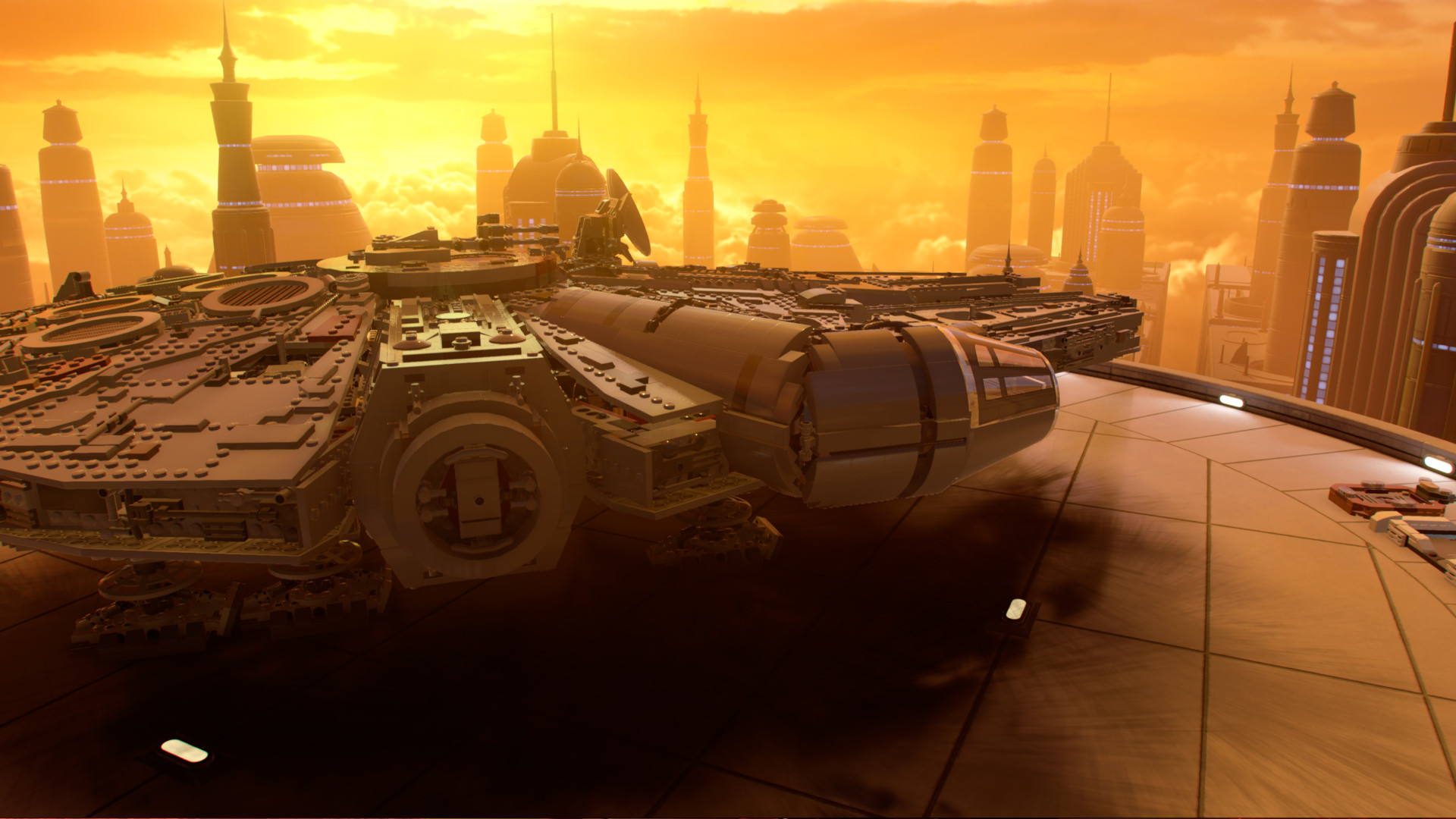
Elsewhere, the latest consoles are poised to deliver greater graphical fidelity, for example in the form of more dynamic weather systems. Combat has also been radically overhauled. “The previous games used a fixed camera,” explains Burgon. “We completely abolished that. It’s a full 360° camera so you feel more ingrained in the world in the story levels and there’s a seamless flow between hub and story. It gave us the opportunity to have aim-down-sights and cover shooting to make you feel in control, rather than just pressing X to shoot your blaster in a general direction. It’s an amazing improvement in terms of making the player feel more ingrained in the universe,” he says.
The evolution of Lego’s design language
We had the possibility to add far more detail and be more complex. We’re constantly raising the bar.
Jens Kronvold Frederiksen
The Star Wars Lego Character Encyclopedia is a fascinating document of the physical creations that have shaped and continue to evolve this world since 1999, a timeframe which has seen them build more than 600 Star Wars sets. Frederiksen is ideally placed to outline how Lego’s design language has expanded, creating ever more convincing parameters for realism, expression and behavior, while always staying in line with Lego’s color palette and reinforcing their brand as a toy manufacturer.
“We have found out how much value minifigures add to kids and to collectors out there,” Frederiksen says. “If you look at some of the sculpted elements, in the beginning they didn't have any print on them. For example, the original Ewok was just a plain, single-color piece of plastic. We had the possibility to add far more detail and be more complex. We’re constantly raising the bar. We’ve done the same characters over and over again. There are always more things you can do to improve or make better than last time.”
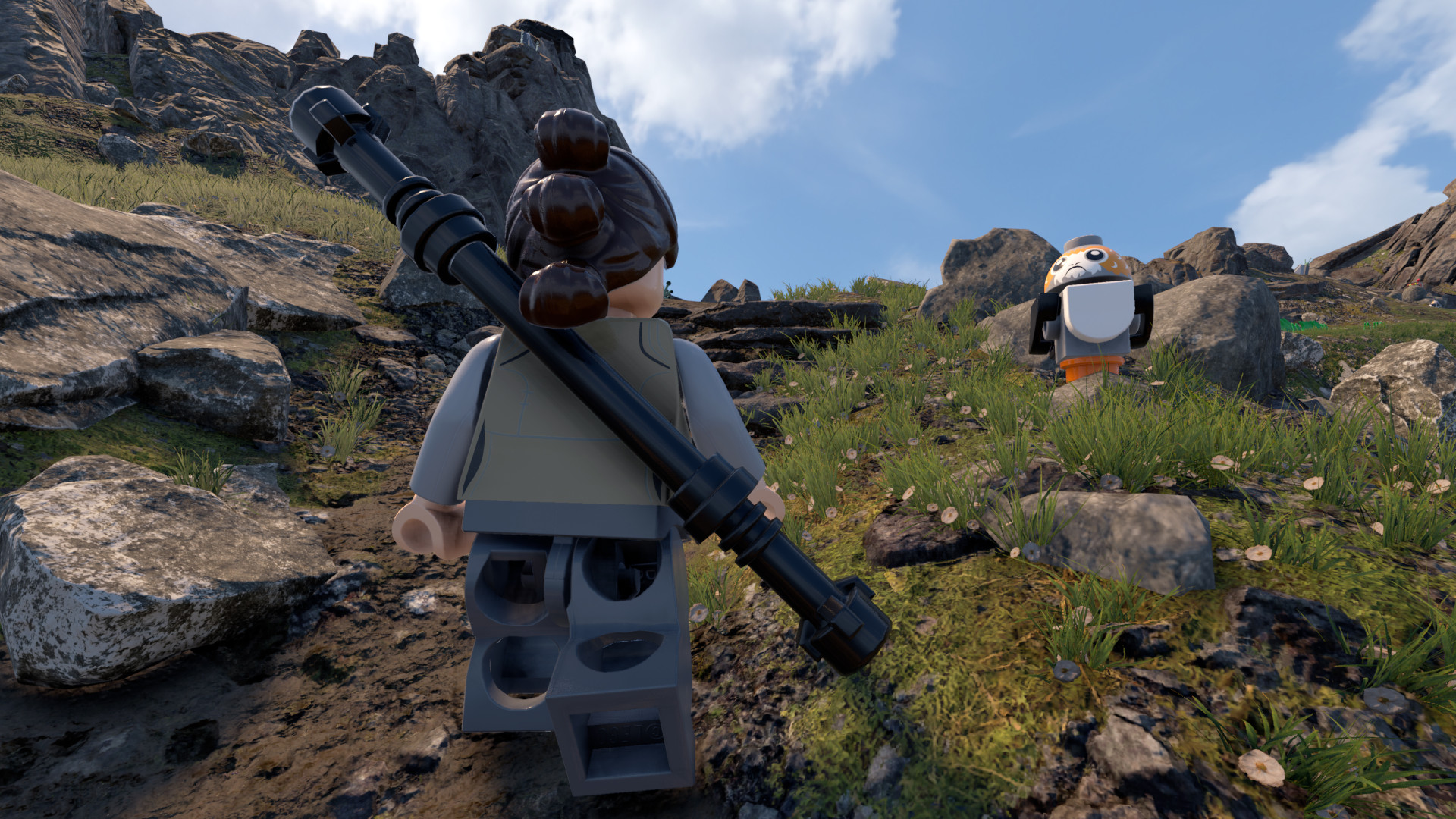
“The primary thing is to reaffirm the Lego identity. Otherwise, what's the point of a Lego game? This is a Lego bantha or a Lego vexis snake or a Lego tauntaun. Sometimes we've got the physical version and that allows us to have a conversation and say this is the direction Lego has gone. Sometimes we don't. That's where Lucasfilm has really helped because they want this to look good in Lego. They don't want it to just look good for the sake of the game,” Consalvey says.
The wide-eyed 10-year-old me who fell in love with this far-away galaxy 40 years ago would surely have considered it unthinkable that the Star Wars story would endure across this much of his life but it’s about to continue exactly as Lego and TT Games have foreseen. “With the original games coming out around 2005, players of the old games have grown up and will potentially be bringing in children of their own,” Consalvey explains, before concluding: “The Skywalker Saga takes in what we already know, freshens things up for our existing fans but also caters to how people play today in the modern world so young and old can play together.”
Lego Star Wars: The Skywalker Saga is out 5 April on PlayStation 5, Xbox Series X, Nintendo Switch, PC, PS4, and XBO.
- Can't wait for The Skywalker Saga? These are the best Star Wars games in the galaxy